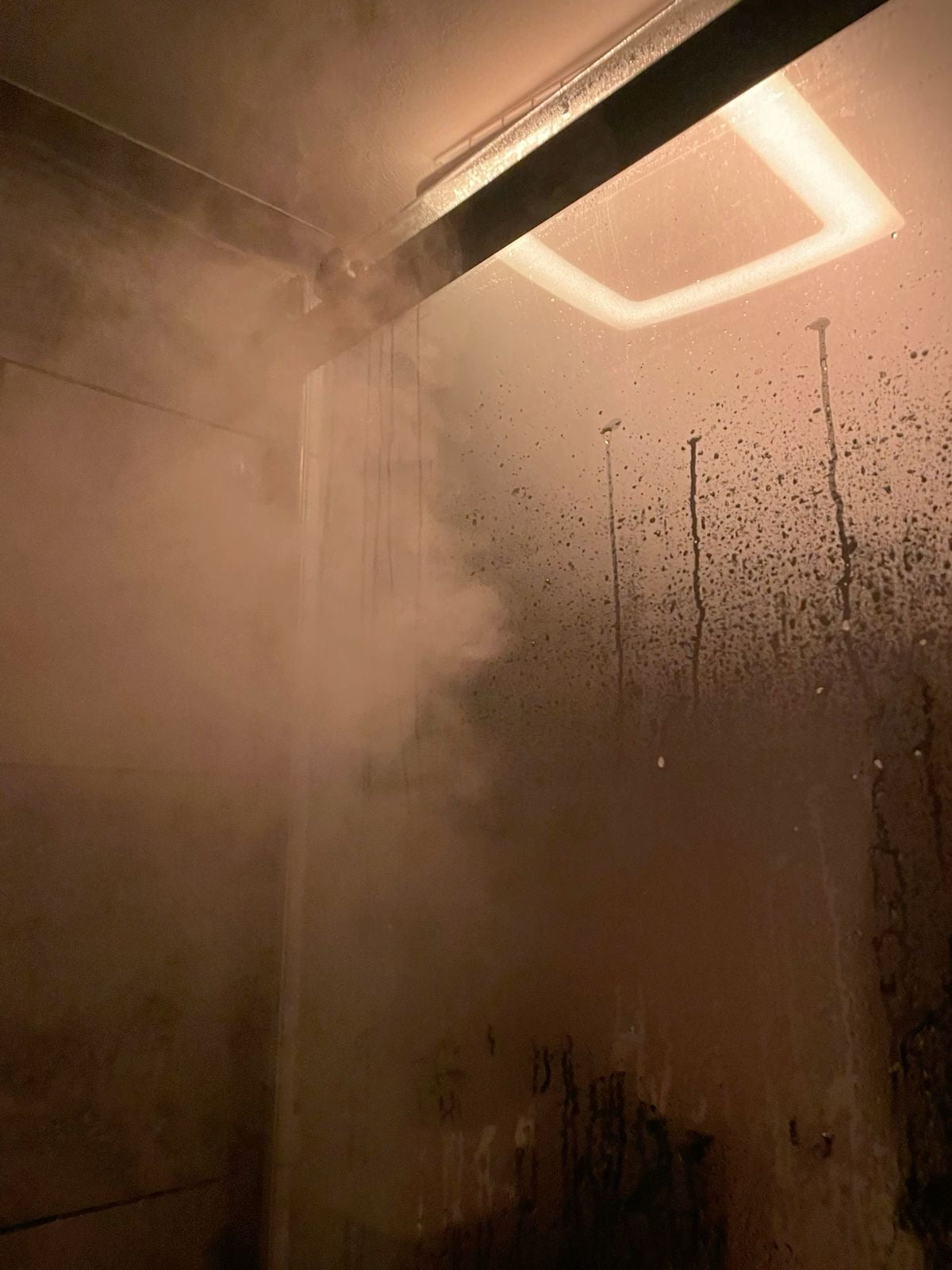Blocked nose, foggy brain, and wondering if a Steam Room is the magical fix? Short answer: Yes—steam baths can ease cold symptoms like congestion and sinus pressure. But timing, technique, and temperature matter. Before you sprint to the spa in your dressing gown, here’s what you really need to know.

Can a Steam Room Help with a Cold? The Simple Answer
Steam rooms offer short-term relief for colds.
They can ease sinus pressure, help you breathe easier, and support your body's healing process.
While they won’t tackle the virus itself, they can help you feel more human while you recover.
Warmth and humidity go a long way in making cold symptoms more manageable.
That said, steam is a comfort tool—not a cure.
How Steam Rooms Alleviate Cold Symptoms
Steam therapy doesn’t eliminate the virus, but it does help reduce discomfort.
Moist heat encourages your body to relax while clearing blocked airways.
Here’s how it helps in more detail.
Clearing Congestion and Promoting Drainage
Steam loosens thick mucus in the nose, sinuses, and chest.
This makes blowing your nose easier and breathing smoother.
You’ll likely feel clearer almost immediately after stepping out.
Soothing a Sore Throat
Steam hydrates dry, irritated tissues in your throat and sinuses.
That scratchy, raw feeling? Steam can calm it down.
You’ll feel less hoarse and more comfortable in minutes.
Reducing Inflammation
The warmth improves circulation, which helps ease swelling in airways.
This can reduce that tight, inflamed feeling in the chest and nose.
It’s a gentle way to let your body release pressure.
Hydrating the Body's Airways
Dry air worsens cold symptoms.
Steam provides 100% humidity to keep your airways moist.
This prevents further irritation and allows easier breathing.
It’s like giving your lungs a little spa day.
Sauna vs. Steam Room: Which Is Better for a Cold?

The Key Differences
Steam rooms and saunas feel similar but offer different benefits.
The biggest difference lies in the air—steam rooms use moist heat, saunas use dry heat.
This affects how your body reacts, especially when you're ill.
Temperature and Humidity
| Feature | Steam Room | Sauna |
|---|---|---|
| Humidity | 100% moist heat | Dry heat |
| Best for | Sinus and chest congestion | Muscle relaxation, fatigue |
| Breathing comfort | Easier due to moist air | May feel dry or harsh on airways |
| Cold symptom relief | Stronger due to mucus-softening effect | Mild to moderate |
Benefits for Cold Symptoms
Steam rooms shine when it comes to sinus relief and chest congestion.
Saunas may offer mild comfort, but dry air can irritate an already scratchy throat.
Moisture is the key when cold symptoms strike.
When to Choose a Steam Room
Choose a steam room if your nose is blocked or your throat feels dry.
It’s ideal for easing sinus pain, breaking up mucus, and relaxing your body.
You’ll likely feel more comfortable within just a few minutes.
When to Choose a Sauna
If you're not heavily congested but feel tired or achy, a sauna might be a better fit.
Saunas can help with muscle fatigue, especially after exercise.
Avoid them if you already have irritated airways or a dry cough.
Important Safety Precautions and Considerations
When to Avoid a Steam Room
Steam therapy isn't suitable for everyone.
Here are a few important reasons to skip it.
Dehydration Risks
Steam causes sweating, which can dehydrate the body quickly.
If you're already feverish or fatigued, it might make things worse.
Hydrate before and after every session to stay balanced.
Pre-existing Medical Conditions
Those with heart conditions, low blood pressure, or respiratory problems should check with their GP before using steam.
The heat may strain your system or worsen symptoms.
Spreading Germs in Public Spaces
Steam rooms in gyms or spas are shared environments.
If you're contagious, it's best to avoid public spaces to prevent spreading the virus to others.
Best Practices for Using a Steam Room with a Cold
Limiting Session Duration
Keep your session short—10 to 15 minutes is ideal.
Overstaying may leave you dizzy or drained.
It’s about gentle relief, not endurance.
Staying Hydrated
Always drink water before, during, and after your steam session.
Your body will thank you for it.
Listening to Your Body
Pay attention to how you feel.
If you become light-headed, nauseous, or overheated, it’s time to step out.
Steam should ease symptoms—not make you feel worse.
Takeaways
-
Can steam room help with cold? Yes—it helps ease congestion and throat irritation.
-
Steam is more effective than dry heat when treating cold symptoms.
-
It’s a comfort tool, not a cure—use it with rest and hydration.
-
Skip it if you have a fever, severe illness, or health risks.
-
Always stay hydrated and limit time inside.
Conclusion
Feeling bunged up and miserable?
A short steam room session might be the boost you need.
It won’t cure your cold, but it can offer real relief.
Breathe easier, sleep better, and let your body do the rest.






